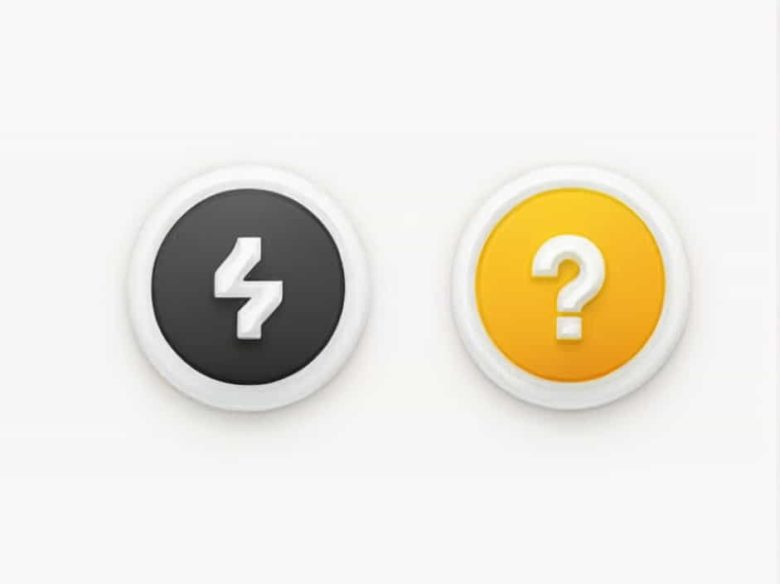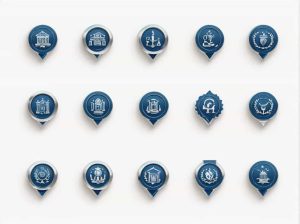Changes occur all around us whether in nature at home or in industries. These changes can be classified into reversible and irreversible changes. Understanding these concepts helps students learn about the nature of matter chemical reactions and physical transformations.
This topic explains reversible and irreversible changes provides examples differences and common questions and offers a question bank for students to practice.
1. What Are Reversible Changes?
A reversible change is a change that can be undone or reversed to get back the original substance. These changes do not create new substances and usually involve physical changes like changes in state shape or size.
Examples of Reversible Changes
- Melting of ice → Ice melts into water but it can freeze back into ice.
- Boiling of water → Water turns into steam which can condense back into water.
- Inflating a balloon → A balloon can be inflated and deflated without changing its material.
- Dissolving salt in water → Salt can be recovered by evaporating the water.
2. What Are Irreversible Changes?
An irreversible change is a change that cannot be undone. These changes result in new substances and usually involve chemical reactions.
Examples of Irreversible Changes
- Burning of paper → Turns into ash and smoke which cannot become paper again.
- Cooking an egg → Heat changes the egg’s structure permanently.
- Rusting of iron → Iron reacts with oxygen and water to form rust which cannot turn back into pure iron.
- Baking a cake → The ingredients mix and undergo a chemical change to form a cake.
3. Differences Between Reversible and Irreversible Changes
| Feature | Reversible Changes | Irreversible Changes |
|---|---|---|
| Can it be reversed? | Yes | No |
| Type of change | Physical change | Chemical change |
| New substance formed? | No | Yes |
| Example | Melting ice | Burning wood |
4. Common Questions on Reversible and Irreversible Changes
Question 1: Identify the Type of Change
Instructions: Label the following changes as reversible or irreversible.
- Freezing water into ice.
- Breaking a glass.
- Burning a matchstick.
- Mixing vinegar and baking soda.
- Boiling milk.
Answers:
- Reversible
- Irreversible
- Irreversible
- Irreversible
- Reversible
Question 2: Fill in the Blanks
- A change that can be reversed is called a ______ change.
- A chemical change is usually ______ (reversible/irreversible).
- Melting of wax is an example of a ______ change.
- The rusting of iron is a ______ change.
- Evaporation of water is a ______ change.
Answers:
- Reversible
- Irreversible
- Reversible
- Irreversible
- Reversible
Question 3: True or False
- Cutting paper is an irreversible change. (False)
- Boiling water is a reversible change. (True)
- Burning wood is a reversible change. (False)
- Condensation of steam is an irreversible change. (False)
- Cooking food is an irreversible change. (True)
Question 4: Short Answer Questions
- Define reversible and irreversible changes with examples.
- Explain why dissolving sugar in water is a reversible change.
- Why is rusting of iron considered an irreversible change?
- Give two examples of irreversible changes that occur in daily life.
- Is folding paper a reversible or irreversible change? Explain.
5. How to Identify Reversible and Irreversible Changes?
-
Check if the substance can return to its original form.
- If yes it is reversible (e.g. freezing water).
- If no it is irreversible (e.g. burning wood).
-
Observe if a new substance is formed.
- No new substance → Reversible change (e.g. boiling water).
- New substance → Irreversible change (e.g. baking a cake).
-
Look for physical or chemical changes.
- Physical changes (melting freezing evaporating) are usually reversible.
- Chemical changes (burning rusting cooking) are usually irreversible.
6. Importance of Understanding These Changes
Studying reversible and irreversible changes helps students:
- Understand chemical and physical processes.
- Learn how different materials react under certain conditions.
- Apply the knowledge in daily life cooking construction and science experiments.
Reversible and irreversible changes are fundamental concepts in science. Reversible changes can be undone while irreversible changes result in new substances. By understanding these changes students can improve their knowledge of matter chemistry and everyday transformations. Practicing the questions provided will help Class 5 and Class 8 students prepare for exams effectively.



